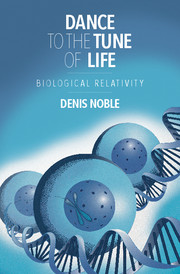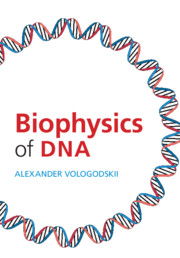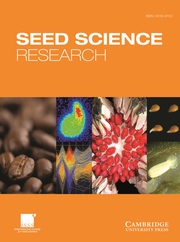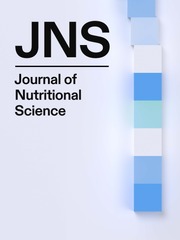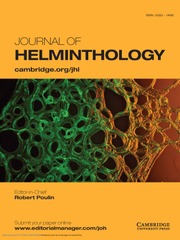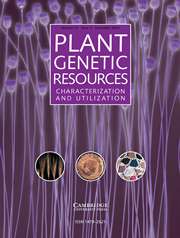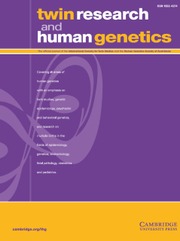Why DNA?
From DNA Sequence to Biological Complexity
- Author: Andrew Travers, MRC Laboratory of Molecular Biology, Cambridge
- Date Published: February 2022
- availability: In stock
- format: Paperback
- isbn: 9781107697522
Paperback
Other available formats:
Hardback, eBook
Looking for an inspection copy?
This title is not currently available on inspection
-
Information is central to the evolution of biological complexity, a physical system relying on a continuous supply of energy. Biology provides superb examples of the consequent Darwinian selection of mechanisms for efficient energy utilisation. Genetic information, underpinned by the Watson-Crick base-pairing rules is largely encoded by DNA, a molecule uniquely adapted to its roles in information storage and utilisation.This volume addresses two fundamental questions. Firstly, what properties of the molecule have enabled it to become the predominant genetic material in the biological world today and secondly, to what extent have the informational properties of the molecule contributed to the expansion of biological diversity and the stability of ecosystems. The author argues that bringing these two seemingly unrelated topics together enables Schrödinger's What is Life?, published before the structure of DNA was known, to be revisited and his ideas examined in the context of our current biological understanding.
Read more- A modern interpretation of the classic Schrödinger's What is Life?, extending Schrödinger's physical arguments to the modern understanding of DNA-based information systems
- Explains why DNA is the predominant vehicle for genetic information vehicle how the DNA sequence contains both analogue and digital information
- Describes how increases in DNA-encoded information, and the mechanisms that enable them, drive increases in biological complexity
- Presents different perspectives on the evolution of biological complexity, distinguishing between genetically acquired information (DNA) and culturally acquired information
Reviews & endorsements
'The essence of the book is in its title. The DNA structures and topology are described so clearly that the reader perceives these intricacies as pure evolutionary elegance, and understands WHY it is only in its balance of stability and agility that life could have started its journey. This book explains how DNA has become the fascinating prism, made of a fabric of complexity and information, into which the living reflects itself. My opinion is passionate because I have been thinking about the same problems for decades, and here I find many of the answers. Especially: what makes DNA so unique? It is a text that I keep reading over again.' Ernesto Di Mauro, IBPM, National Research Council, Rome
See more reviews'In What Is Life? Schrödinger conjectured that, in animate matter, order is derived from order, foreshadowing the discovery of DNA structure. Why DNA? is about this molecule and its dual information content - in linear genetic code and in thermodynamics of three-dimensional DNA structures. It addresses how DNA's intrinsic order led to complex, highly ordered living organisms, in a world that strives towards disorder. Why would DNA supplant RNA in carrying hereditary information during biological evolution? Why did multicellular organisms emerge, since natural selection favours the fittest, such as simple bacteria? What is complexity, and what has it to do with Bayesian logic? How do complexity, information and energy interrelate? This is a succinct discourse on Schrödinger's question, expanding from molecular interactions and genome cooperation to ecological systems and societal evolution. A must-read for biology scholars, and anyone interested in life's origins, biological evolution and the interface of biology and physics.' Georgi Muskhelishvili, Agricultural University of Georgia, Tbilisi
'This is a welcome, fresh discussion of DNA as a complex biochemical resource beyond genetic functions. … Highly recommended.' D. L. Beach, Choice
Customer reviews
Not yet reviewed
Be the first to review
Review was not posted due to profanity
×Product details
- Date Published: February 2022
- format: Paperback
- isbn: 9781107697522
- length: 222 pages
- dimensions: 228 x 152 x 11 mm
- weight: 0.4kg
- availability: In stock
Table of Contents
Acknowledgements
Preface
1. The perennial question
2. The nature of information – information, complexity and entropy
3. DNA – the molecule
4. The evolution of biological complexity
5. Cooperating genomes
6. DNA, information and complexity
7. Origins
8. The complexity of societies
9. Why DNA – and not RNA?
General reading and bibliography.
Read the Blog post by Andrew Travers
Sorry, this resource is locked
Please register or sign in to request access. If you are having problems accessing these resources please email [email protected]
Register Sign in» Proceed
You are now leaving the Cambridge University Press website. Your eBook purchase and download will be completed by our partner www.ebooks.com. Please see the permission section of the www.ebooks.com catalogue page for details of the print & copy limits on our eBooks.
Continue ×Are you sure you want to delete your account?
This cannot be undone.
Thank you for your feedback which will help us improve our service.
If you requested a response, we will make sure to get back to you shortly.
×

